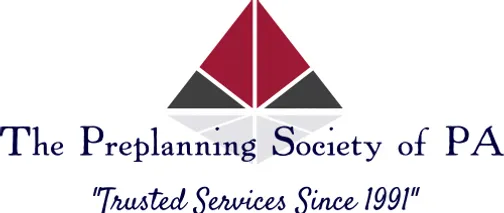Creating A College Funding Strategy
Saving for college isn't easy, but the earlier you start the better off you'll be. For example, if you save $60 a month for 17 years earning 8% per year, you will have over $25,000 by the time college begins! Taxes will reduce the amount of the portfolio.
There are several savings and investment strategies that can help you accrue money for college.
Determining Your Life Insurance Coverage Needs
Like auto insurance coverage, it is sometimes difficult to see the true value of life insurance coverage until you actually need it. In the meantime, the only way you will feel comfortable with your life insurance policy is if you understand, and agree with, the reasons you bought it in the first place.
There are many reasons for an individual to own life insurance coverage. Perhaps the most compelling reason is to purchase a death benefit which will provide for the financial needs of their survivors.
Minimum Retirement Plan Distributions
Most qualified retirement plans offer significant tax benefits for those willing to follow a few IRS specified rules. The government wants to make these plans (401(k)s, Keoghs, SEPs and traditional IRAs) available for specific needs, and has established tax law to help eliminate potential abuses of these tax advantaged investment alternatives.
What Is Term Life Insurance
Once you have determined that you need life insurance, and calculated how much coverage you require, you will have to choose between several types of life insurance policies. There are two very different types of life insurance contracts -- term and permanent.
Living Expenses In Retirement
In order to plan realistically for the future you need to have a clear understanding of what money you need when you retire. This will include the cost of living and special activities you will have. It is estimated that you will need to replace 60% to 80% of your pre-retirement earnings in order to keep the standard of living you have had thus far.
Roth IRA Conversion Review
If you have existing retirement assets in a traditional IRA, you may want to consider converting those assets to a Roth IRA. Possible benefits of converting include tax-free distributions at retirement, no required minimum distributions at age 70 ½, and leaving income tax-free assets to your heirs in the event of your death.
Using Credit Cards Wisely
Credit cards were first introduced to the public just over 40 years ago, in 1959. With the introduction of credit cards, consumers were given new choices in how to pay for costly purchases that they had previously had to save for and pay in cash. Using credit cards allowed people to purchase goods without having sufficient funds immediately on hand, and without reaching new terms every time they wanted to purchase on credit.
Health Insurance - How It Works
Without health insurance, a single illness can cause serious, and often irrevocable, financial hardship.
Insurance of any kind is intended to transfer financial risk to an insurance company in exchange for a reasonable insurance premium. Where most insurance coverages pay once a loss has occurred, health insurance has the added benefit of paying to keep your loss from getting worse.

